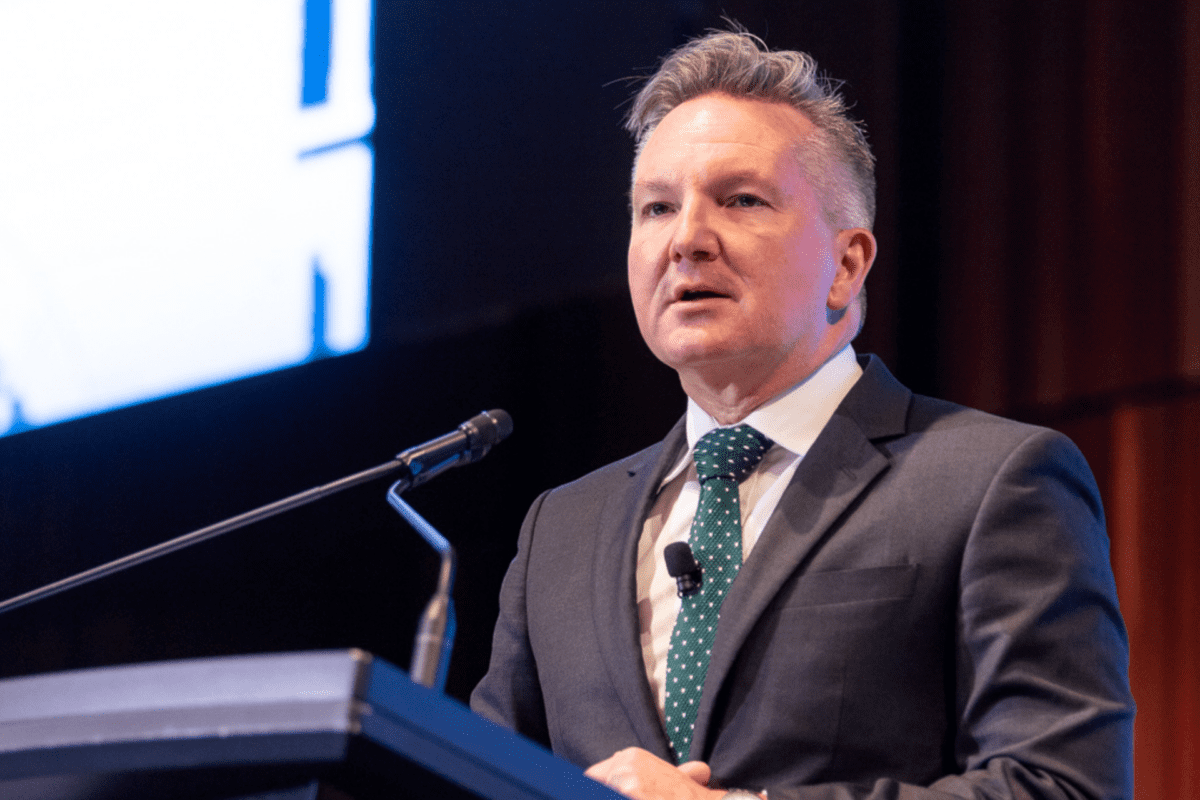Christiana Figueres Oration
Jo Tyndall, Director, OECD Environment Directorate & Former Climate Change Ambassador, New Zealand Ministry of Foreign Affairs and Trade
Thank you for the introduction and it is my great honour to deliver the Christiana Figueres Oration this evening.
My friendship with Christiana started back in 2010, when I was the new NZ Climate Ambassador and she was the new Executive Secretary of the UNFCCC. Christiana is defined by her relentless energy and visionary leadership (I caused a minor ripple in the room when I farewelled her from the UNFCCC, describing her as a “pocket rocket”). She went on to set up a new initiative – “Outrage and Optimism” – that so aptly captures how many of us feel about the current situation.
Tonight, I will do my best to keep the outrage brief – not only to spare us from anxiety before we get to dessert, but because I have chosen to remain a steadfast optimist. I couldn’t do my job otherwise. This does not mean wearing rose-coloured glasses in the face of what can feel like overwhelming evidence that the “course correct” we so often speak of hasn’t kicked into gear.
I’m also a realist and a pragmatist. So, you will see it’s hard not to oscillate between outrage and optimism as I dive into the challenges and the opportunities of an investable net-zero transition. There’s a “yes, but…” in both directions.
It feels like only a moment ago I was at New York Climate Week, where the heavy message that the world remains way off-track from meeting the PA goals [net zero] was sprawling over the edges of a seat at almost every roundtable.
Even if we were to fully implement all the current NDCs – which, by the way, seems highly unlikely – we would still need to ensure a 42% reduction of global GHG emissions by 2030 and a 57% cut by 2035 if we are to limit global warming to 1.5 degrees. [this would need to be done via the next round of NDCs for 2035, due for submission Feb next year].
As we hit new climate records year after year and the devastating impacts of our warming world are being felt everywhere, governments can no longer help but be aware of the consequences, and the costs, of insufficient action.
So why on earth hasn’t that kickstarted the urgent transformations of our economies and systems at the pace and the scale we so desperately need?
Back in 2017, the OECD provided the first economic evidence that low-emission and climate-resilient development could be achieved without compromising growth or competitiveness. At the time, I was New Zealand’s Climate Change Ambassador. I saw first-hand how this type of policy analysis broadened the climate agenda by speaking a language that resonated with finance, economy, and planning ministers– all of whom need to be working in sync for a green transition.
Since then, perceptions that ambition may hinder economic growth, energy security and competitiveness unfortunately remain entrenched in many political circles – and in recent years, has shifted the climate agenda to the backseat. A scary thought – really.
This is despite the significantly improved business case for the transition – with the costs of several key technologies having plummeted.
Recent analysis from the Industrial Transition Accelerator launched at COP28 finds that increased demand for low carbon products could unlock 700 billion USD of investment into over 450 large-scale industrial projects awaiting final investment decision to start producing green commodities by 2030.
With these opportunities in sight, this is where the outrage starts to kick into gear…
As of 2023, the world has already seen a 1.45 degree increase in global temperature. And that means we could easily surpass 2 degree warming. This is extremely concerning when the impacts of 1.5 degrees of warming are already profound. Imagining a 2-degree world reveals a stark and unsettling reality — but one we can no longer ignore.
The OECD’s 2022 report on Climate Tipping points concluded that warming beyond the 1.5°C temperature goal will likely trigger ‘points of no return’ within the earth’s system. Things like the loss of the Amazon rainforest, major sea-level rise, the slowdown of important ocean currents, and the acceleration of Arctic permafrost melting. Crossing any one of these would result in catastrophic changes to our planet, and we don’t know whether there would be a domino effect from one pole to the other, with exponential consequences. Right now, there is indisputable evidence that we are already approaching some of these, if we haven’t already crossed one or two.
The bend of the curve therefore matters. Any 1.5 degree overshoot must be small and it must be short in duration.
So it is indeed frustrating to see we are making this so much harder for ourselves!
The longer we leave things, the steeper the emissions curve to get to net-zero, and the more jarring the transition will be.
Why are we doing this to ourselves? Let me highlight a few reasons:
First, the rolling crises starting with the pandemic, moving through inflation and on to the geopolitical challenges afflicting the world today, are making it tougher for governments to keep their eye on the climate ball. They’re getting mixed messages (save our planet versus save our jobs) and there’s a limit to how many issues can make it to front page news.
This is coupled with the impacts – that you know well – of policy flip flops on the private sector. A regulatory environment that allows business to operate with certainty is the preference but not always the reality. At the same time, the ability of business to maintain a long-term perspective has been a god-send – certainly in instances where we have seen governments arguably ‘overly influenced’ by short term electoral cycles.
Then, as ever more frequent and severe climate disasters are pummeling the world, the “in your face” urgency of drastically scaling adaptation and resilience to the impacts of climate change, is keeping the foot off rather than on the accelerator when it comes to climate mitigation.
Third, the world is experiencing a deficit in citizen trust.
The 2024 OECD Trust Survey shows that while 69% of citizens feel their government should prioritise reducing greenhouse gas emissions, only 42% of people are confident that their country will be able to do so in the next ten years. This hammers home the gap between policymakers and people, while at the same time governments are being pressured by sectors of the economy e.g. farmers in Europe to slow down the pace of change.]
Next, this is complex stuff. Policy action to address climate change will not be effective if it does not account for the triple planetary crisis. Biodiversity loss, pollution – and water challenges are all tightly intertwined with climate action. We’re starting to see examples, like high integrity carbon credits that also play a role in restoring nature, but it’s early days, and we’re only beginning to get to grips with the un/intended consequences.
Lastly, across the real economy we are still seeing risks of greenwashing – largely born out of challenges in accurately measuring the ‘climate alignment’ of finance flows and activities.
OECD analysis confirms that overall, finance flows and stocks remain mostly misaligned with climate goals.
This is quite alarming – as without this alignment, the policy efforts we are asking of governments are arguably rendered futile: if we aren’t even sure they are resulting in the right kind of shifts across the real economy, there is a problem.
Despite all of this – there is hope. I’m going to end by counting off some reasons for optimism.
We mustn’t forget that COP28, and the Outcomes of the Global Stocktake saw an historic agreement to transition away from fossil fuels, together with a suite of other important commitments including to triple renewables, double energy efficiency and accelerate zero and low-emission technologies.
Global energy investment is set to exceed 3 trillion USD for the first time in 2024, with 2 trillion USD going to clean energy technologies and infrastructure. This means the world now invests almost twice as much in clean energy as it does in fossil fuels.
Carbon pricing has become an important policy tool and we have seen a slow but steady expansion into emerging and developing economies. Many countries are setting up carbon taxes or trading schemes with very low prices to allow the market to get used to pricing (the Rolls Royce engine set at idling speed). Our advice to governments is to set pathways to ramp these up and drive behaviour and investment change.
COP29 will hopefully see agreement on a high-integrity rulebook for carbon trading under Article 6.[Currently 120 countries plan to use, or consider using, voluntary co-operation (including Article 6) to meet their NDCs. Yet carbon credit markets are dominated by independent crediting mechanisms and voluntary corporate buyers of carbon credits. This means that much of the market activity is now occurring beyond governments’ sphere of influence.12 With this in mind, the OECD is looking at the interplay between voluntary and compliance carbon markets and advising governments on how to avoid greenwashing.]
Governments are now using policy packages rather than relying on only one regulatory tool, and these packages appear to be better at bending the emissions curve. This is something our Inclusive Forum for Carbon Mitigation Approaches will focus on, assessing the effectiveness of mitigation approaches.
This only reinforces what we are seeing around the world, and is similar to what Australia is doing with its toolbox approach. It’s essential that the tools in fact work together – an overarching and cohesive strategy is the key ingredient to sending the right short and longer-term signals.
For some sectors, a carbon price will quickly start to influence business and consumer decisions. For other sectors, no matter the price, inelasticity will mean it won’t make a real difference.
Leakage and spillovers are also an increasing concern. One component we are looking at is improving the calculation of carbon intensity at product and sector level. A lot more needs to be done in establishing interoperable metrics so we can have robust low carbon goods markets.
Bringing us back to progress I am trying to stay true to the optimism section of this speech after all! We are seeing an uptick in citizen awareness and engagement.
I am just back from Milan where this was the topic of the OECD Global Forum on Building Trust and Reinforcing Democracy. What we’re witnessing is that when governments invest in e.g. citizen assemblies, they effectively pull together individuals with views spanning the divisive perspectives on climate change, empowering problem-solving and serving as something of an antidote to the growing tide of mis and disinformation.
We are also starting to see systems-wide approaches to policy design and implementation. This means whole-of-government, whole-of-society and whole-of-economy perspectives all being brought into the mix – it is an essential ingredient to transformative change, and is something we push for at the OECD with our multidisciplinary reach.
Business risks are better understood. The insurance sector has been sounding the alarm. Dubbed as the ‘canary in the coal mine’ by one of New Zealand’s former climate Ministers. The landscape of climate accountability is a messy one, built from the bottom-up. We are producing government-backed standards, best practice guidelines and principles – helping to bring some order to the chaos.
An example is the OECD Guidelines for Multinational Enterprises on Responsible Business Conduct– you may be familiar. The Guidelines provide a unifying starting point for governments in regulating private sector-led action on climate, in alignment with the Paris Agreement.
51 governments have committed to promote and implement the Guidelines [including Australia] – and they are embedded in several taxonomy frameworks and regulations around the world – fostering interoperability among business and investors.
The last point I will highlight is the advancements we are seeing in new technologies. Green hydrogen is an example where we have also looked at the significant potential of these efforts to trigger positive tipping points.
How this could play out is: should governments mandate the use of green ammonia as fertilizer – this would have huge knock-on effects in the development of hydrogen electrolysers – which if they are cheap enough and standardised, could lead to huge costs improvements. This coupled with efforts to unlock the vast potential for low-cost renewable energy in many emerging and developing economies, could make hydrogen a viable energy source – and help drive the required deep transformation of the way we produce and use energy.
Looking ahead, the opportunities for an investable net-zero and resilient transition are there.
I often feel we are a bit like university students, knowing we have an assignment due but unable to put the pen to paper until the day of the deadline – and then asking for an extension!
The UNFCCC provided the rules and the international guiding north star. The focus is now on getting the tools right. The money is there in the global financial system – although it’s misdirected – and we have a good idea what’s needed on the technology front to move from R&D to commercialisation. What is missing is good policy signals that effectively bridge what is now widely termed the climate policy implementation gap.
We need to get cracking on our major assignment. With COP 29 around the corner, the OECD is focusing on a three-step approach, or what I call the 3 U’s: upgrading ambition, unleashing climate-aligned finance flows, and unlocking policy and regulatory barriers. This means:
First, unequivocally by 2025, we must see 1.5°C-aligned NDCs that are underpinned by robust implementation and investment plans.
Second, we need to secure the means to achieve our ambition. A decisive enabler for ambitious and implementable NDCs will be the New Quantified Goal on Climate Finance. To do this, it needs to go beyond monetary targets and provide signals and incentives for policy action across the international climate finance architecture.
Finally, we must overcome a labyrinth of regulatory barriers to exponentially grow private finance for climate action, especially in emerging markets and developing economies where annual investment will need to at least quadruple by 203018. Moving from billions to trillions calls for – in our view – a reorienting of the global financial system so that it operates in true alignment with the goals of the Paris Agreement – something we are exploring.
I’m a reader of novels but one non-fiction books I devoured was “The Future we Choose” by Christiana Figueres and Tom Rivett-Carnac.
We really are at that pivotal moment of choice.
For those who haven’t chosen to aim for an environmentally, economically and socially stable planet, I predict the future is bleak.
But for those who have made that choice, now is the time to double down – you have first-mover advantage that will unleash opportunity, and drive cutting edge technology.



